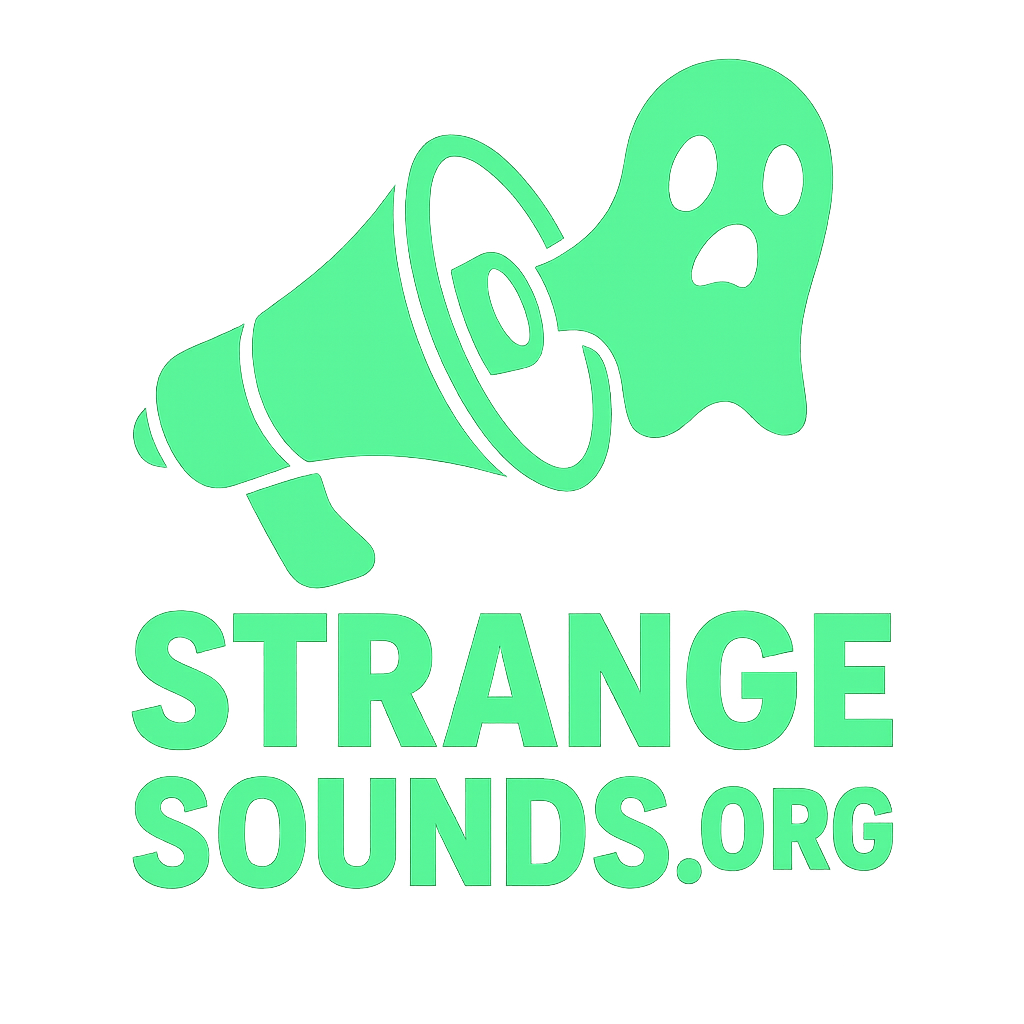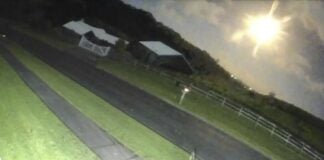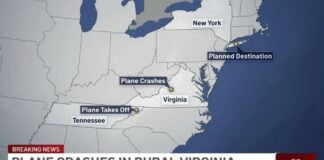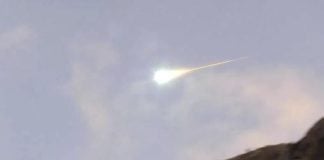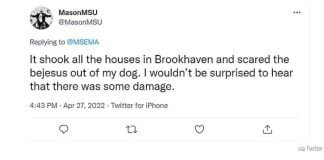
Updated on: · 👉 Back to the Mystery Booms Hub
When meteors hit the atmosphere at supersonic speed, they can produce meteor booms—powerful airburst shockwaves that shake windows and set off car alarms. Famous examples include the Chelyabinsk meteor (2013), which injured more than a thousand people via shockwave-blown glass, and the Tunguska event (1908), which flattened vast Siberian forest. But not all sky booms come with visible fireballs: many skyquakes are heard on clear days with no meteor in sight.
Jump to: What Are Meteor Booms? · How They Sound & Feel · Causes & Mechanics · Famous Reports · How to Investigate Locally · FAQs · Sources ·
Latest Reports · Get Involved
- Meteor booms = shockwaves from fast meteors (bolides) that can rattle windows and trigger reports over wide areas.
- Skyquakes = boom events with no obvious visual—some are meteors missed by cameras; others have atmospheric, seismic, or unknown causes.
- Tell-tale meteor signs: bright flash, fragmentation, contrail/smoke train, rolling multi-second boom (often in “triple” pulses).
- What to do: note exact time & location, look for a flash/smoke train, record audio/video, check fireball reports and local seismic/flight logs, then send us a report.
❓ What Are Meteor Booms?
A bolide (bright, exploding meteor) compresses air violently, creating an airburst that propagates as a shockwave. The boom often arrives seconds after the flash, followed by a rolling rumble. Energy release ranges from small window-rattlers to rare, multi-megaton-class blasts.
🔊 How They Sound & Feel
- One to three sharp bangs followed by a low, rolling rumble.
- Pressure wave that buzzes through walls; windows chatter.
- Reports of a flash, smoke trail, or fragmenting “sparkles” overhead.
- Occasional “triple boom” pattern as the shock reflects across layers.
🧠 Causes & Mechanics
- Meteor airbursts: fragmentation and rapid deceleration generate shockwaves (classic flash + boom).
- Re-entries: space junk/rocket stages can also create booms and fireball-like trails.
- Atmospheric ducting: temperature inversions bend sound, so distant events arrive as local booms.
- Look-alikes: sonic booms from jets/rockets, shallow quakes/frost quakes, industrial blasts.
Why some “sky booms” show no fireball: daytime glare, cloud cover, distance/geometry, or simply no one filming the right patch of sky.
🌍 Famous Meteor Booms & Skyquake Reports
- ☄️ Chelyabinsk Meteor (Russia, 2013) — shockwave shattered glass across the region.
- 💥 Tunguska Event (Siberia, 1908) — leveled forest over a vast area; no impact crater found.
- 🌊 Portland meteor explosion (USA, 1939) — smoke burst and flame reported.
- 🌍 Global sky booms: from Italy to India, skyquakes are reported without confirmed fireballs.
🕵️ How to Investigate Locally
- Time stamp: exact hh:mm:ss (local).
- Scan the sky: flash, smoke trail, fragmentation “sparkles.”
- Record it: doorbell/dash cams and phones capture rumbles and shockwaves.
- Check logs: regional fireball networks, flight/rocket activity, local seismic.
- Share details: direction seen/heard, duration, and any damage (broken glass).
Related primers: Weird noises & meteorite falls
Meteor Booms & Skyquakes — FAQs
- What causes meteor booms?
- Supersonic meteors compress the air until the body fragments or rapidly decelerates, producing an airburst shockwave. The boom trails the flash by seconds, then fades into a rolling rumble.
- Why do sky booms happen with no visible meteor?
- Daylight glare or clouds can hide the fireball; the boom can also be from jets, rockets, or distant blasts carried by inversions. Some remain unexplained.
- Are meteor booms dangerous?
- They can be. Large airbursts (e.g., Chelyabinsk, 2013) blew out windows and injured people with glass shards. Most events, however, are startling but not damaging.
- How can I tell it wasn’t thunder?
- Thunder usually follows visible lightning and storm clouds. Meteor booms often come with a bright flash/contrail, and the sound profile can include distinct bang(s) plus long, smooth rumble.
Sources & Further Reading
- NASA — Meteors & fireballs
- USGS — Seismic signals & infrasound
- NOAA — Weather, inversions & sound propagation
Latest Reports
Get Involved
- 📩 Report a meteor boom / skyquake (time, location, weather, recording).
- 📰 Subscribe to the Strange Sounds newsletter
- ❤️ Support on PayPal · DonorBox

